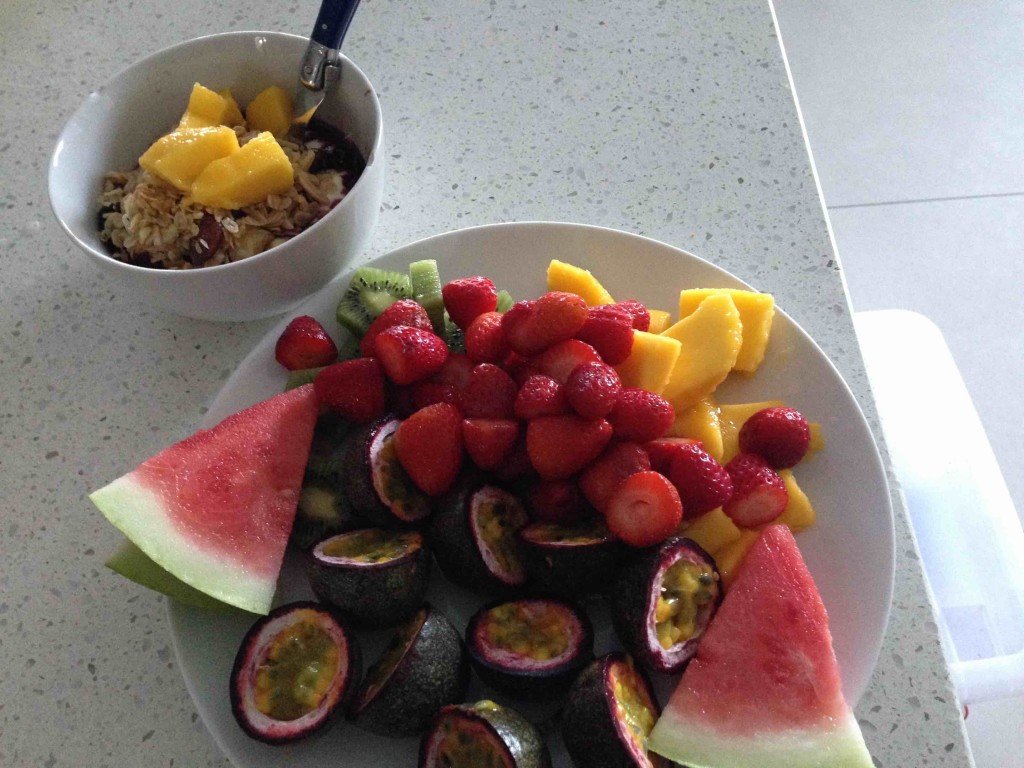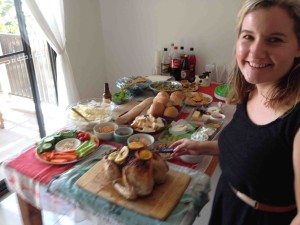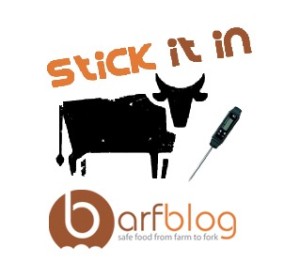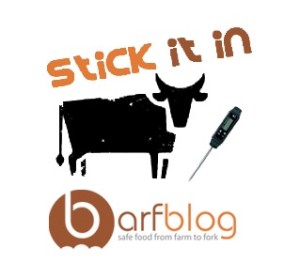It was Australia Day, 33 C, so why not coach an exhibition hockey game.
 We travelled to Toowoomba yesterday, about 100 minutes from Brisbane, where one of my fellow coaches lives, and put the younger kids on a makeshift ice surface to drum up local interest in the sport (they’re trying to build an arena). http://www.chrismccooey.photography
We travelled to Toowoomba yesterday, about 100 minutes from Brisbane, where one of my fellow coaches lives, and put the younger kids on a makeshift ice surface to drum up local interest in the sport (they’re trying to build an arena). http://www.chrismccooey.photography
Afterwards, many of the families went to a park, where the one grilling had remembered to bring his tip-sensitive digital thermometer, and another asked me about the bathroom.
I explained how 29 years ago, when I was editor of the Ontarion, the University of Guelph student paper, my first story in my new role was to rate the bathrooms at local bars.
It cost the paper thousands in lost advertising revenue because many of the bars didn’t like the results. The story was popular, and we made up the lost revenue in no time.
Christine Negroni writes in The Huffington Post that women arriving on oneworld flights into New York’s John F. Kennedy Airport have one word for the condition of the bathrooms in Terminal 8, “Ewwww.”
 Kisha Burgos stopped at the bathroom in the baggage claim area and was shocked to see paper-strewn floors, filthy toilets and empty and broken paper dispensers in the stalls. “It’s bad,” she told me comparing it to the airports she visited in in Bangkok, Vietnam and Laos on her recent five week trip.
Kisha Burgos stopped at the bathroom in the baggage claim area and was shocked to see paper-strewn floors, filthy toilets and empty and broken paper dispensers in the stalls. “It’s bad,” she told me comparing it to the airports she visited in in Bangkok, Vietnam and Laos on her recent five week trip.
“Everything was really clean,” she said of the bathrooms in places one might not expect to find them.
Airport workers know the secret is to use the toilets on the departure level because passengers are better cared for there. Keeping them happy encourages them to shop and dine while waiting to board their flights. Arriving passengers on the other hand, are in a hurry and on their way out.
The most customer-friendly airport is Singapore’s Changi where every bathroom has a touch screen survey enabling users to immediately register their satisfaction (is that before or after washing their hands?).
I reported back to the parent the bathroom had the essentials – running water, soap and paper towel (which isn’t that common in Australia).
As a coach, I like that – we had the basics covered.
https://www.facebook.com/groups/530692596955113/1090594804298220/?notif_t=group_activity
















